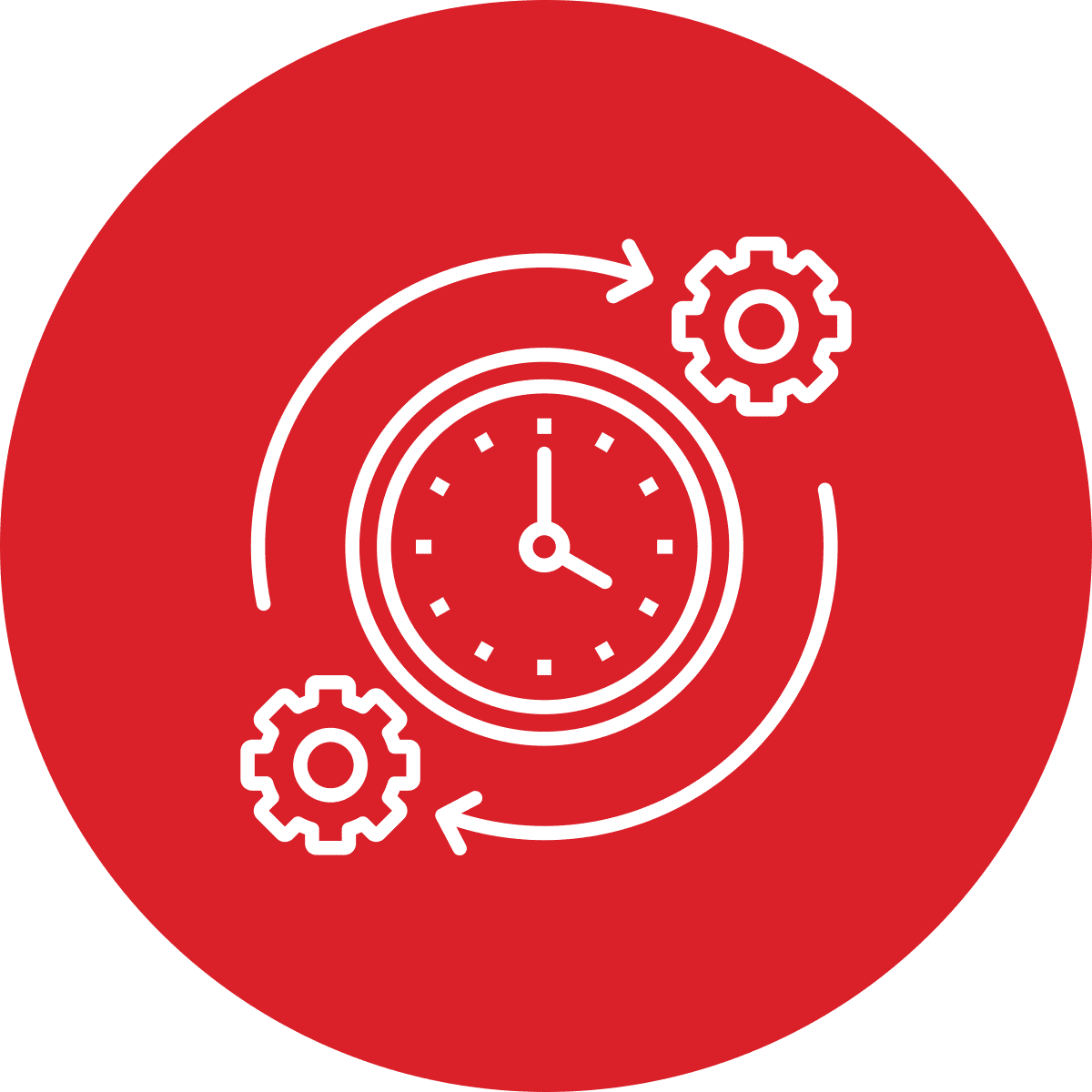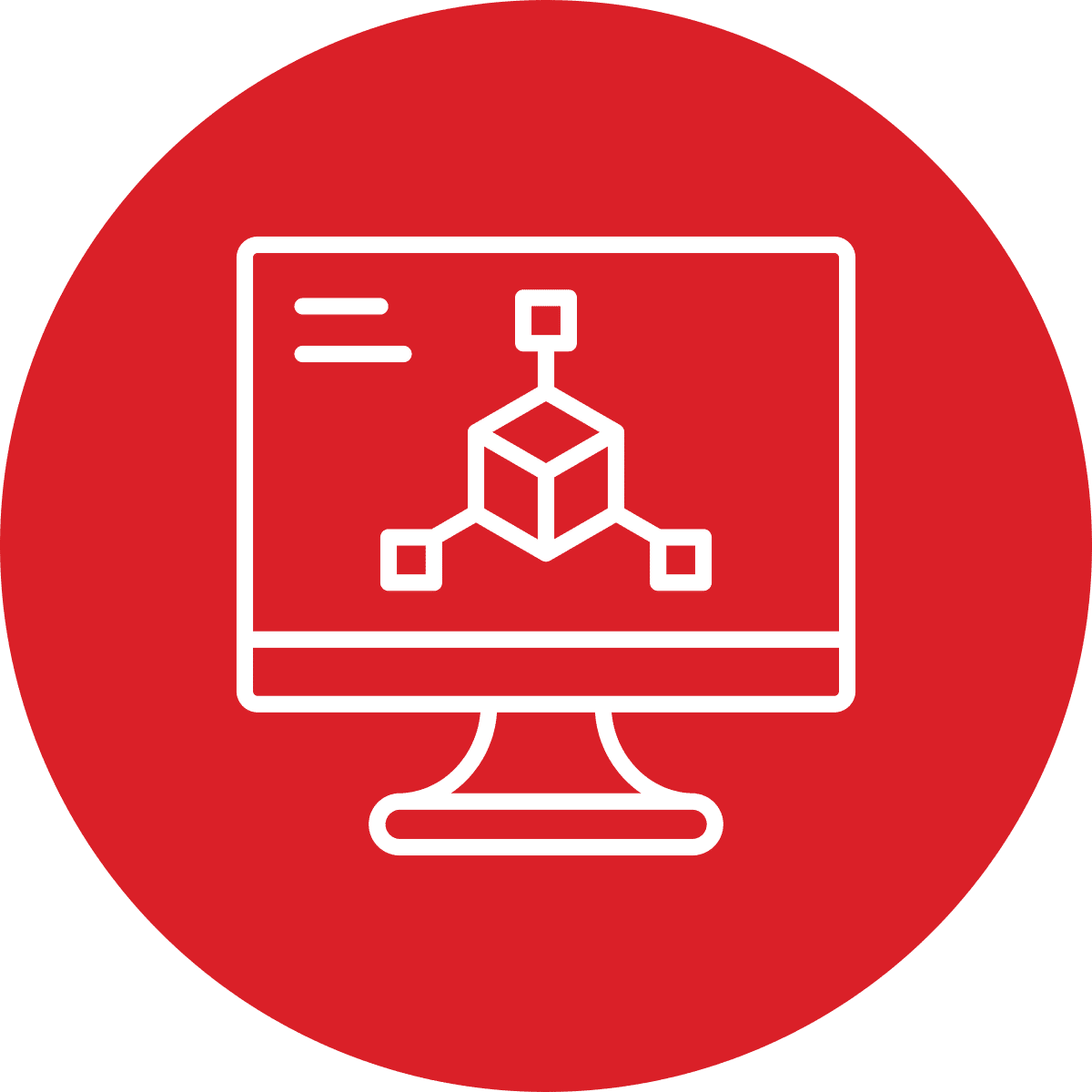QEST Platform in the Laboratory: Testing Automation
Spectra QEST recognizes the importance and the complexity of the laboratory. As such, it has made a major investment in developing a fully featured LIMS, specifically designed for the needs and the workflows of the geotechnical and construction materials testing. All the learnings, experience and refinement amassed over the past four decades is again being applied as we transition from the third-generation LIMS (QESTLab) to the fourth-generation product, QEST WebApp.
Spectra QEST has been a pioneer in introducing automation in the construction materials testing and geotechnical laboratory. As one of the oldest LIMS providers in that industry, it was one of the first vendors to interface electronic scales to the laboratory software system, and developed one of the first concrete testing jigs that could identify, weigh, measure and crush concrete cylinders without any keyboard-based data entry.
Automation in the materials testing laboratory is not limited to electronic equipment interaction. The way workflows are supported in the laboratory and in the field (for example registering multi-specimen samples, or multiple samples that share common atrributes) can be done efficiently if the software is designed carefully. Another example is barcode-driven navigation of time-consuming workflows, such as emptying an oven full of drying samples.
Spectra QEST has drawn upon this rich innovation heritage and has endowed the latest version of QEST Platform with many such technologies to assist your laboratory operate as efficiently as possible.

The Benefits
QEST Platform’s Laboratory Information Management System will provide your firm with the following benefits:

Data in Once
Eliminate duplicate data entry through the use of a single system to meet all your laboratory’s information needs, including sample tracking, data collection, results calculation, report generation and distribution, equipment calibration and billing. Integrate with the other business systems used by your organization.

Automated Billing
Avoid missed billing through automated billing, which allows you to easily track billing progress, including work done but not yet billed, or work not done and not billed.

Report Turnaround Time
Reduce report turnaround time by performing data entry/capture as part of the testing workflow (in the field or the laboratory).
Electronically review, correct, approve and distribute test reports using the report approval workflow in QEST Platform.

Workflow Management
Quickly and easily track work progress and plan upcoming work in the laboratory. Electronically create and assign work requests to technicians/inspectors in the field and laboratory.

No-Cost Concrete Testing
Some concrete testing machine manufacturers offer their clients the option to collect and manage the test results electronically, directly from the testing machine, billing clients for every break.
Users of QEST Platform can interface their concrete testing machines to the LIMS module (in most cases at no, or very little cost) and then enjoy similar benefits without on-going costs. Just ask us for more information, before purchasing your next cocrete testing machine.

Equipment Interfacing
Interface directly with testing equipment to electronically capture measurements and save those in the database. Minimise effort and errors. Collect data from simple apparatus such as balances and compression machines as well as more complex equipment such as triaxial and consolidation testing machines.

Barcode Support
Use barcodes not only to easily, rapdily and correctly identify samples, containers, etc. but also to speed up labour intensive tass such as measuring dry weights after samples have been dried in the oven. Combine barcode support with interfacing electronic balances and achieve remarkable efficiencies in tasks that were slow, repetitive and prone to transcription errors.

System Integration
Integrate seamlessly with general, specialized and bespoke ERP, financial, planning and other systems. Share information on customers, projects, billing, resourcing, production data, etc. Previous integrations have included, but are not limited to; SAP, Oracle Financials, Lawson, BST, Deltek (multiple versions and products), Command Alkon, etc.
Frequent Asked Questions
Below is a selection of questions that customers ask us often.
CMT and Geotechnical laboratories have unusual complexity, that is important to note early in the LIMS selection process.
The majority of tests performed in these labs are mechanical manually-intensive tests that involve measurements, observations, calculations, sometimes plotting/charting/interpolating results, etc. Most LIMS target industries (biomedical, chemical, etc.) where this is not the case. In these industries, sophisticated testing equipment often analyses samples and provides results. All the LIMS has to do is manage the chain of custody of the sample, interfacing with the equipment, databasing, reporting, etc. As far as the electronic worksheets for data entry are concerned, these systems often provide a canvas which the system administrator can use to create these worksheets.
In the CMT/Geotechnical lab, there are hundreds of tests, often difficult to put into software, that have method variations, involve sample and sub-samples, plotting and interpolating, and in general are not trivial to implement and maintain. For four decades, Spectra QEST has been studying the these test methods and implementing worksheets that meet these standards and offer appropriate guidance to the technician (if used in real-time, ‘on the bench’).
A system which does not offer a large library of pre-configured, comprehensive, practically usable electronic worksheets, will be of limited use in the CMT/Geotechnical laboratory.
Despite the manual nature of the CMT/Geotechnical tests, there are processes in the laboratory that can benefit from automation. Sample identification using barcodes (or even RFIDs, in the case of concrete specimens), interfacing with balances, concrete specimen weigh, measure and crush stations interfaced with the LIMS, workflow management using barcodes to identify samples and tests, are all examples of practical automations that can provide increased measurement accuracy, eliminate transposition errors, and provide significant efficiency gains and reduce costs.
Consider the very common workflow of drying soil specimens overnight in the oven. A normal process is to prepare an identifying tag for each sample, and to placed it in the tin containing the sample. When the sample is taken out of the oven, this tag needs to be read, the appropriate test relating to this sample needs to be located, and the weighing process needs to be completed manually and data entered in the appropriate electronic or paper system.
With QEST Platform, the tins are barcoded and a very fast process takes place (where the user scans the tin containing a sample) to marry the container with the sample. The specimens are then placed in the oven. When they have dried, and they need to be weighed, the process is very fast and efficient: the technician takes out from the oven containers with containing samples, in no particular order, places them on the interfaced balance, scans the barcode and QEST Platform does the rest. The sample is identified, weighed, the correct sample record and test is located in the database and the dry weight is saved as appropriate – all without any data entry (and so, without any opportunity for data entry or transposition errors).

